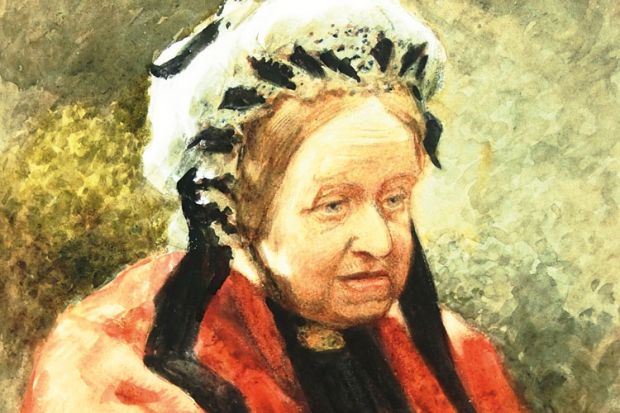Cardiff University is incorporating into its special collections a vast new archive, worth more than £2 million, which includes material relating to aviation and art history; philosophy and politics; literature for children; and the Lake District.
The Collingwood Collection represents the records of a famous – and famously well-connected – family of artists, writers and philosophers who did much of their work in the Lake District.
William Gershom Collingwood (1854-1932) served as secretary to John Ruskin. He was also a close friend of Arthur Ransome, author of the Swallows and Amazons books (and a suspected double agent), whose marriage proposals were rejected by two of Collingwood’s sisters. In the next generation, William’s son, Robin George Collingwood (1889-1943), was a polymath, a central figure in the idealist movement and a leading philosopher who also made important contributions to history and archaeology. He remains highly influential.
Cardiff’s department of politics and international relations is home to the Collingwood Society, a charitable foundation funded by US industrialist William Rieckmann, who became fascinated by the philosopher after reading some of his work as part of an MBA. The university also hosts the Collingwood and British Idealism Centre.
Most of the family papers were held in Liverpool by Janet Gnosspelius, the granddaughter of W. G. Collingwood and daughter of Oscar Gnosspelius, a pioneer aviator who developed the hydroplane on Lake Windermere. She also acquired vast amounts of material for a planned but never completed biography of her grandfather.
All this was bequeathed to the Collingwood Society in 2011, which then reached an agreement with Cardiff so as to make the full Collingwood Collection available to scholars. It has since been sorted, itemised and listed ready for cataloguing within the university library’s Special Collections and Archives.
Among its extensive and varied treasures are thousands of postcards; rare books dating back to the 16th century; family letters, diaries and lecture notes spanning three centuries; catalogues and theatre programmes; sketches, paintings and photographs. Leading literary figures such as Beatrix Potter and E. M. Forster are well represented among the correspondence.
“Rarely does such a rich and extensive archive survive down the years,” said Peter Keelan, head of special collections and archives at Cardiff. Janet Peters, director of university libraries, added that the archive would “provide a new stream of research into the development of British idealism and its influence on contemporary figures”.
Register to continue
Why register?
- Registration is free and only takes a moment
- Once registered, you can read 3 articles a month
- Sign up for our newsletter
Subscribe
Or subscribe for unlimited access to:
- Unlimited access to news, views, insights & reviews
- Digital editions
- Digital access to THE’s university and college rankings analysis
Already registered or a current subscriber? Login





